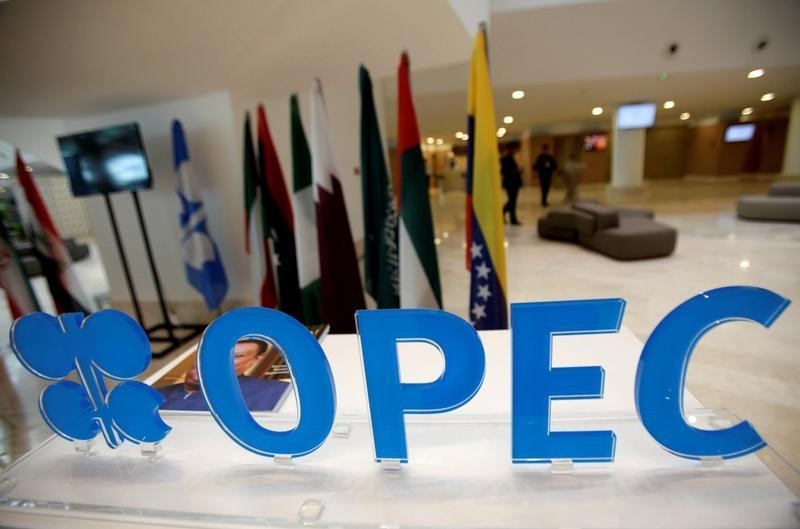By Barani Krishnan
Investing.com -- It was always going to come down to production cuts. And when it looked like those weren’t coming, oil just gave up the upward momentum it has had all the week.
Crude futures were on route to a lower settlement Friday even with a weekly gain of 5% for New York-traded West Texas Intermediate, or WTI, and 2% for London’s Brent. The weekly advances on their own ought to have been a celebration for oil bulls crushed by WTI’s 19% plunge over three previous weeks and Brent’s 16% drop over the same period.
But the relief felt by longs in the market was hardly palpable amid concerns that the 13-member Saudi-led Organization of the Petroleum Exporting Countries and its 10 allies steered by Russia might not do anything production-wise when the so-called OPEC+ alliance holds its monthly meeting on Sunday.
OPEC+ already has in place an agreement to cut production by 2 million barrels per day till end of 2023 to boost crude prices, which have fallen some 40% from their March highs. Last week, Saudi Energy Minister Abdulaziz bin Salman indicated that the alliance will likely add to cuts when it meets this weekend to decide on production for January onwards.
But headlines on Friday mostly suggested that OPEC+ will stand pat on its existing 2-million-barrel-per-day cut — though the risk of it doing more can never be understated.
WTI crude for January delivery settled at $79.98 per barrel, down $1.24, or 1.5%, on the day.
Brent crude for February was at $85.72 per barrel by 14:35 ET (19:35 GMT), down $1.16, or 1.3%, from Thursday.
Aside from OPEC+ uncertainty, also weighing on crude prices was news that European Union countries had agreed to a price cap of $60 per barrel on Russian oil exports to punish Moscow over its war against Ukraine.
Crude traders had initially feared that EU countries might go for a much smaller limit of $50 a barrel or below that could sufficiently anger President Vladimir Putin and prompt him to carry out his threat of slashing Russian oil production or exports to punish Europe instead over the move. But by moving up the cap, Europe may avert any Russian retaliation — keeping Moscow’s oil supplies to the region flowing and crude prices lower.
If OPEC+ announces nothing new on production but reaffirms its commitment to keep prices supported, “next week will be massive for oil price volatility”, said Ed Moya, analyst at online trading platform OANDA.
“Many expect OPEC to keep output steady…but we can't rule out that they might want deeper oil output cuts,” Moya said.
If the alliance leaves production for January onwards unchanged, then oil bulls will be counting more on China — the world’s largest crude importer which has been sending mixed signals on demand due to the lockdowns it had imposed on some of its biggest cities after a record surge in new coronavirus infections this year.
“The crude demand outlook could hinge on China … [whether] they continue to soften their Covid policy and [whether] their trade data deteriorates more than expected,” Moya said.
The rebound in the dollar from 3-½ month lows was another factor that weakened oil and most other commodities on Friday.
The greenback rose after data showed the United States added 263,000 jobs in November — the smallest since February 2021 but still more than 30% above market forecasts. The strong jobs number could make the Federal Reserve rethink its plan to impose smaller rate hikes hereon to curb inflation when the central bank holds its monthly policy meeting on Dec. 14.
